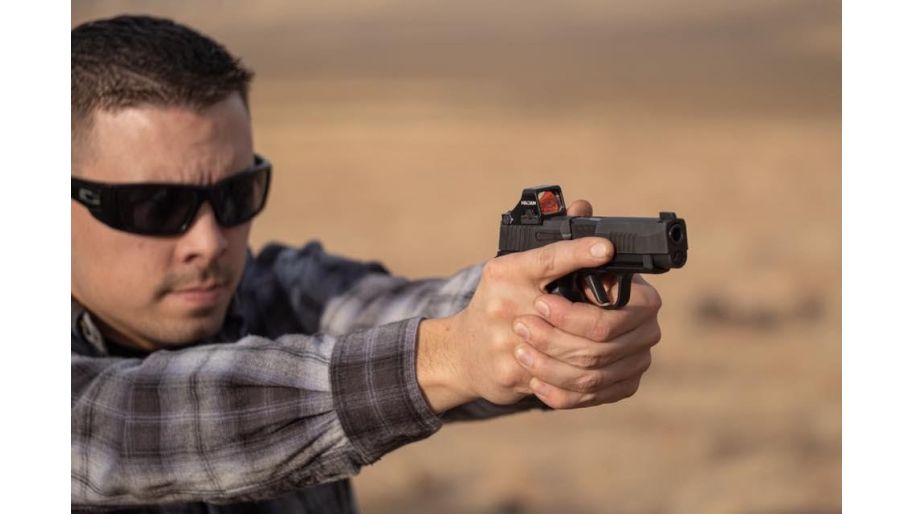EDC for Beginners
Buying your first handgun for personal protection? Read this first
The Newbie Guide to Buying a handgun
With the uptick in crime recently, now more than ever, we see more interest by new firearms owners in protecting themselves and those they love. With the reduction in the bigger city police force and slower response times, now more than ever, you need to become more self-proficient with ensuring your safety. Another trend we see on the rise are people wanting to help arm their spouse and even children. My sister came in the other day with my niece as she has had growing concerns for her children during the unrest in 2020. People are becoming scared, and taking ownership in their own personal protection.
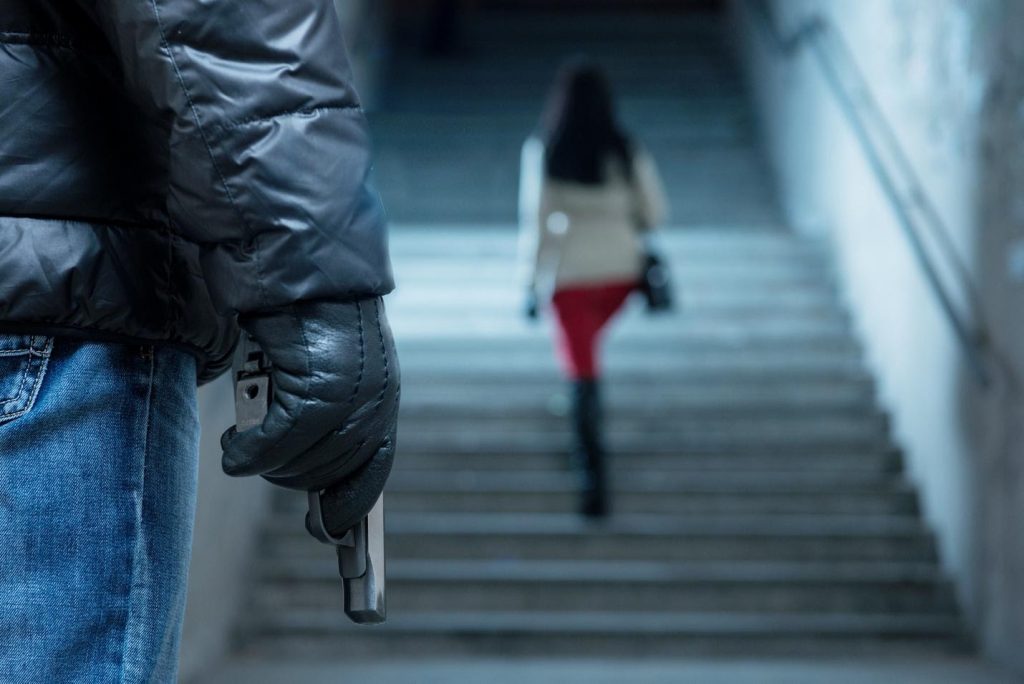
The following are some tips on getting started and things that need to be considered when researching getting your first firearm.
#1 – Determine WHAT you are looking for
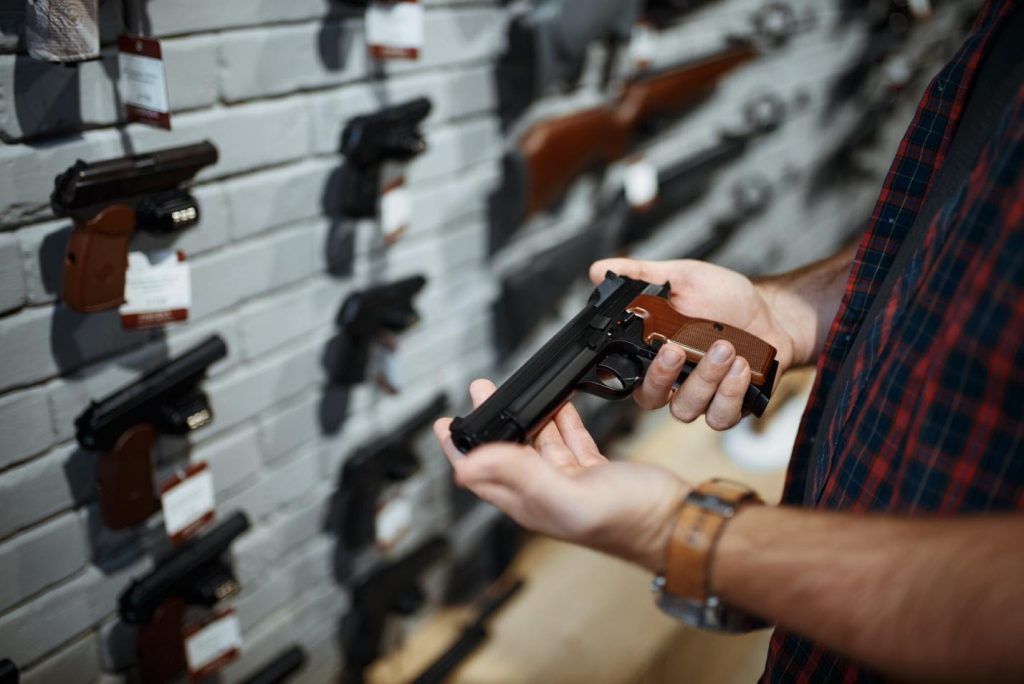
Firearms are not as universal as we'd like to think, and based on your actual needs, some guns will be better for you. But the first question you have to ask yourself is, what are you trying to accomplish with this purchase? Will it be for personal protection and you plan to keep the firearm ON you? Or is it more for home protection and having something to use when you hear a bump in the night but can’t necessary carry the gun with you? The following is geared more towards handguns, we will discuss using long guns in another blog. So for folks interested in a handgun, keep reading.
What are you trying to accomplish or protect?
Home & Property: Now, even this requirement has some sub levels. I would consider your environment, the people who live with you on your property, etc. If you lived in a more rural area and have more space to cover, you have a reasonably wide range of platforms to chose from. A centerfire long gun (rifle) will provide you with more range and firepower. Although, the rifle is not ideal for areas with many neighbors, as a rifle round can over-penetrate walls, etc. A shotgun is also a strong consideration, but having to negotiate doors or tight quarters, is less ideal. And, of course, a pistol is also a consideration.
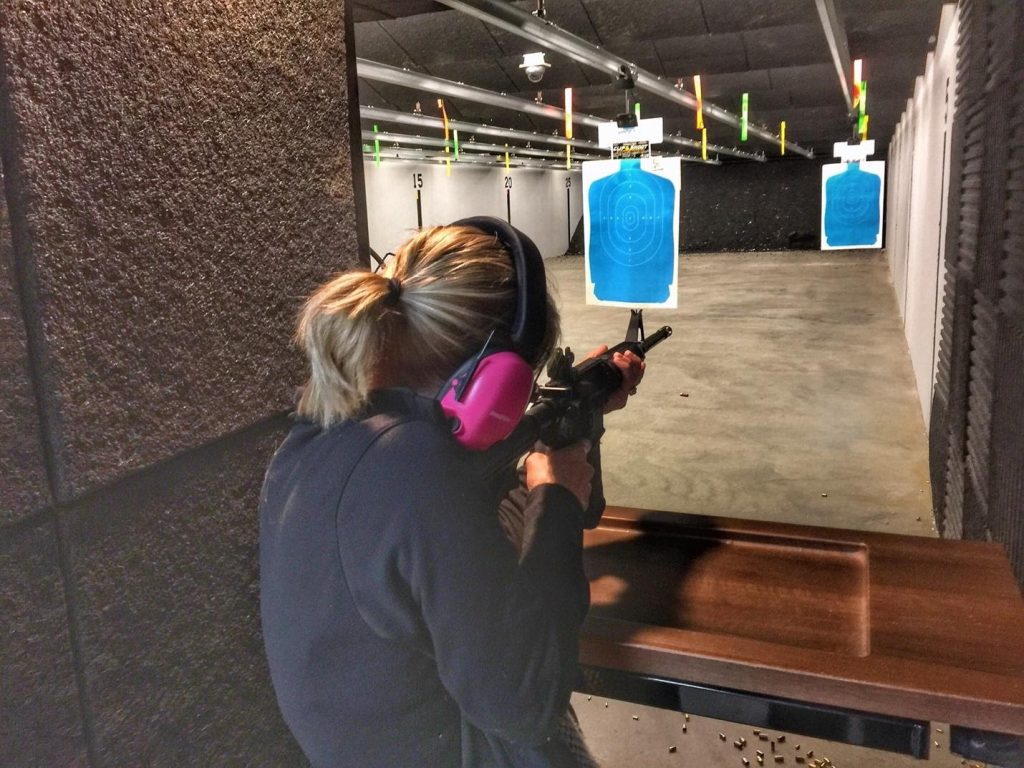
For a suburban property, you need to consider a close-quarter application. You are likely navigating things like going in and out of your home or building, parking garages, and more neighbors. We will discuss the consideration of ammo later. In this application, the handgun will be king. This is the only one of the three platforms that you can carry and have on you in most of these scenarios. But if it's purely for home, you will likely be storing your firearm in a safe or lockbox of some sort and not necessarily carrying on your persons. We recommend a full-size pistol of 4" or greater. Full-size handguns are easier to control recoil and also allows you to mount a weapon light on. We will expand on additional accessories as well down below. But since the size is not considered for carrying, most people will be better served with a full-size service pistol.
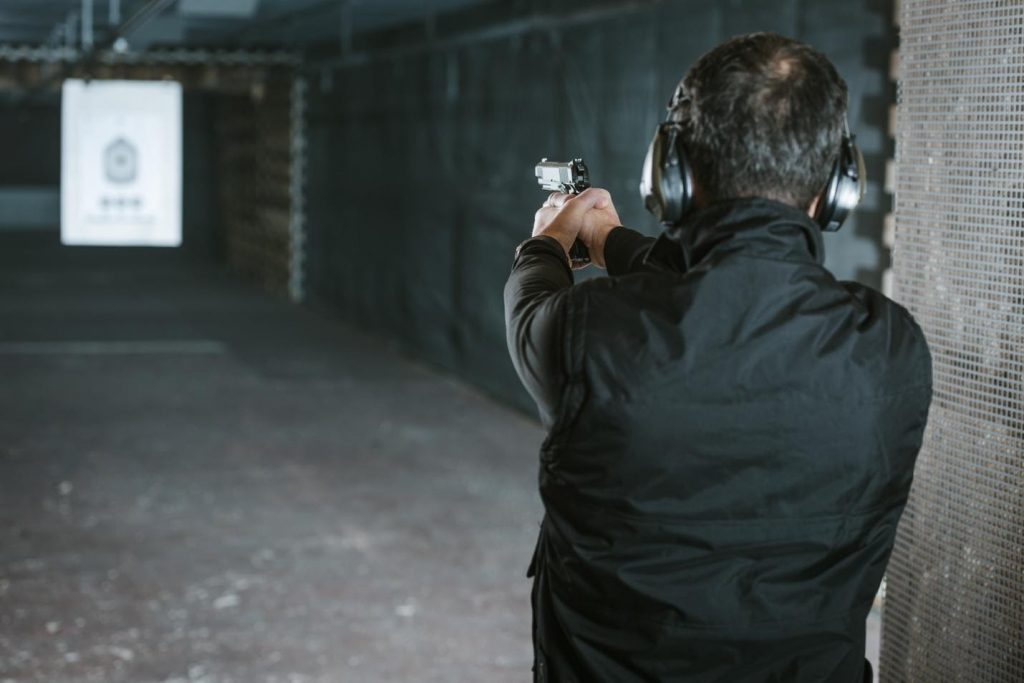
Personal protection
This is when you need to find a balance of "carry-able" size, as well as something that will allow you to deliver rounds on target in the most efficient manner, "shoot-ability." Often, people will look for the smallest firearms to carry. I agree that a gun carried will always be better than a gun left at home because it's too uncomfortable to hold. But you also have to consider things like firepower (how many rounds can you carry) and manipulating that firearm. Racking the slide, safety controls, reloading a magazine, etc., actually becomes more challenging to do with small frame firearms as it doesn't provide enough space to handle it well. The controls and slide become too cramped. And typically, a full-size/service firearm is much easier to control the recoil but manipulate.
Another thing to consider with personal carry firearms is HOW you plan to carry them. Will you have it in a purse or go-bag? On your waist? Again, smaller is not always better with comfort, and buying a GOOD holster and belt and/or bag and backpack designed for quick access, will make ALL the difference in the world with regards to carrying comfort and the ability to deploy that weapon in the time necessary for it to be effective.
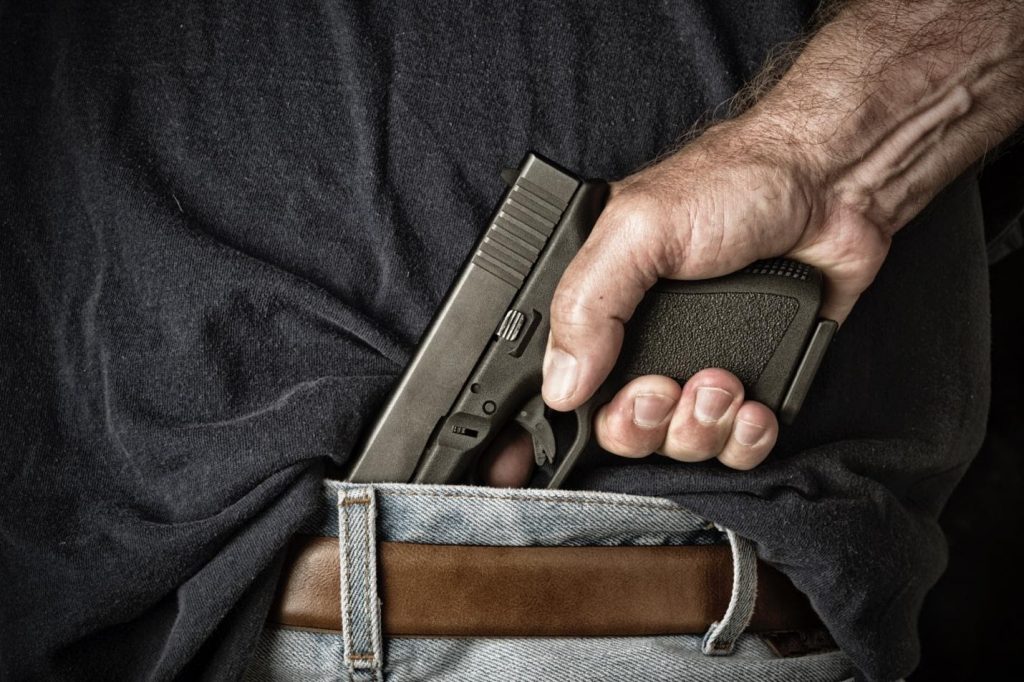
Carrying a firearm should be "comforting," not "comfortable." With almost all new users, learning and adapting to carrying the gun will take some time. It took me a month to finally get comfortable with carrying a firearm on my belt. But it's something you almost have to force yourself to do to become more comfortable doing. Bad and cheap holsters will deter you from wanting to carry and cause you discomfort carrying, which will lead to you printing (being able to see the gun's outline, under your shirt/garment) and fidgeting your firearm, and constantly adjusting it. One of the most critical aspects of carrying a firearm for protection is not projecting that to your would be attacker or the general public. Concealed means concealed!
But now that you've noodled that and determined what you are looking for, it's time to…
#2 – Get out and Shoot!
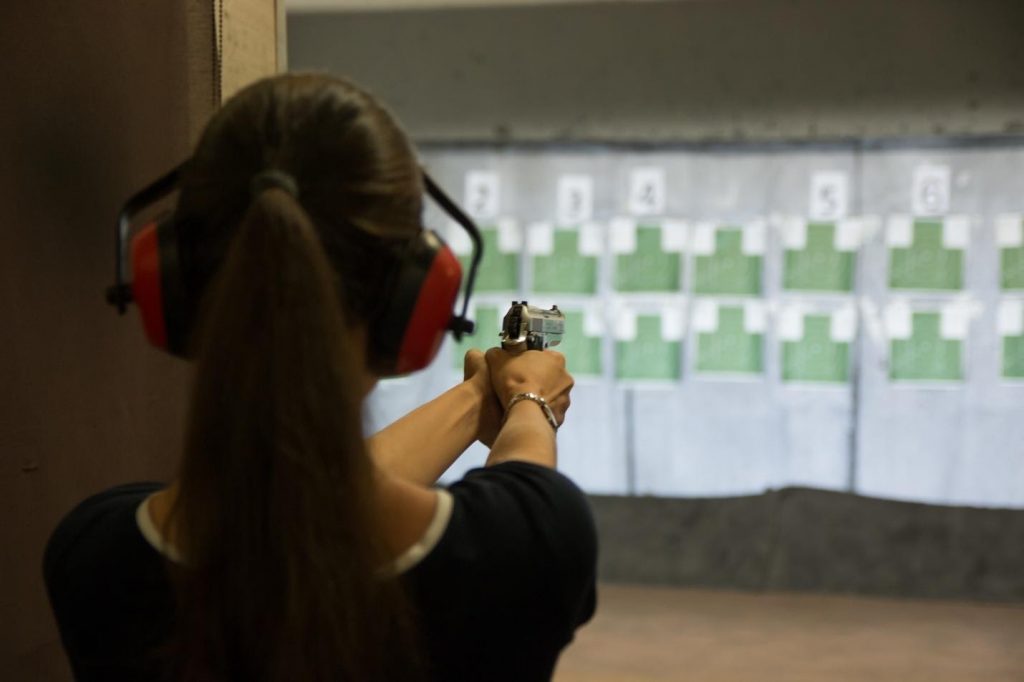
The first option I always try and recommend to people is talking with "the gun person" in your friends and family circle. If it's not a family member, we all have them; maybe it's a co-worker or a friend. I know most firearms owners are reasonably generous with their time and knowledge regarding someone else looking for help in obtaining some experience. It's your best bet with someone you are more comfortable with that could get you some time behind a gun. It's commonly a nice gesture to buy the ammo and maybe even lunch for their time!
If you do not have that access to a friend or family member with a firearm, your next best bet is renting a gun at a local range. Most ranges will have you fill out some paperwork to get on the range. This is an excellent time to let them know you are new to firearms. You have to watch a video at our training academy range and spend some time with a safety officer before being allowed on the range.
The purpose of this is to get more hands-on with firearms to find your preferences. You can google all you want, but the end of the day is you need to learn and discover what works best FOR YOU. Firearms are a lot like shoes; there are some brands that will fit and point better in your hands than others. Everyone's hands and ergonomics are completely different. Find the firearm you are most comfortable shooting.
#3 – Obtain your firearm
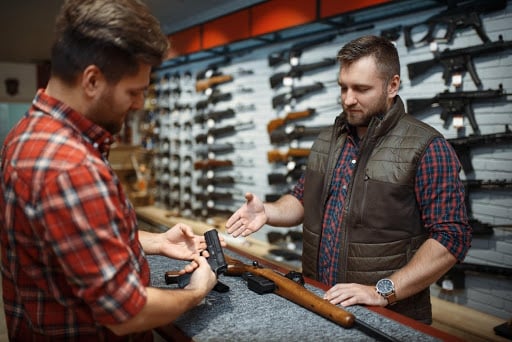
This is as simple as it sounds. Shop around and support your local dealer! Each state and even store has protocols on when and how they can release the firearm to you. In some cases, there are state laws that require proof of training, etc. Make sure you build that time into obtaining your firearm. Unfortunately, in most cases, there is some delay in the background period, and in some cases, you can bring it home that day. It all differs, so make sure you discuss this with your dealer.
#4 – Buy the essentials!
Now that you have determined what you want and brought it home, here are bare essential items to pick up to get you set up to carry.
#1 Additional magazines:
A prevalent theme with survival gear is redundancy. You will often hear, two is 1, and 1 is none. Most failures from a handgun stem from a wrong magazine. I track this by numbering my magazines using a permanent marker. But I would recommend having a minimum of 3 magazines. I typically will have a minimum of 6 magazines per gun.
#2 A holster
A good holster is something that I buy almost right away for a firearm I will be using as a personal EDC (everyday carry). But what constitutes a "good" holster? A good holster will adequately retain the firearm and prevent it from coming out unless you intend for them to. It needs to protect your trigger guard area so that there is no chance of anything slipping past your holster and pressing your trigger, discharging the weapon while it is still holstered, and causing yourself harm. And lastly, a good holster will give you immediate access to deploy. This means it positions your firearm in a consistent location for your draw stroke and that the weapon can clear that holster and provide you access to form your firing grip. A poorly positioned holster will not place it on your body in a manner that will allow you to only grab the grip of your firearm. I have seen times when people have caught their shirts or pants when trying to draw. Another thing a poorly positioned holster will do is shift with the draw stroke, impeding a draw stroke or, even worst, coming off of the person with the gun being drawn.
#3 Self Defense and Training Ammunition
What I often see and did myself when I was a new gun owner was, of course, go to my local Walmart, and proceed to buy the cheapest ammo they had, and load that into my gun for not only plinking but also when I wore it for self-defense, and this is bad and wrong especially if it's ball, aka round nose ammunition. The reason being is, round knows tends to over-penetrate walls. So if you miss your mark on that intruder, it's going to go through some walls and possibly hit a loved one or neighbor. Self-defense ammunition is designed around a hollow point bullet for two distinct reasons. #1 as soon as it's fired and leaves the barrel, the bullet begins to deform and "Open" up, creating a wider bullet profile. And big bullets make big holes. More energy causes more tissue damage and stops threats faster. #2 is, once that projectile has opened up and strikes something, it begins to decelerate more quickly, so it's less likely to penetrate a barrier and proceed with much more energy. The reason why self-defense ammunition is loaded to higher pressures, often referred to as +P+ is, so the projectile provided enough power to begin to expand the projectile as soon as possible, as most self-defense scenarios are within 1-5 yards of space.
#5 Last but not LEAST, TRAINING!
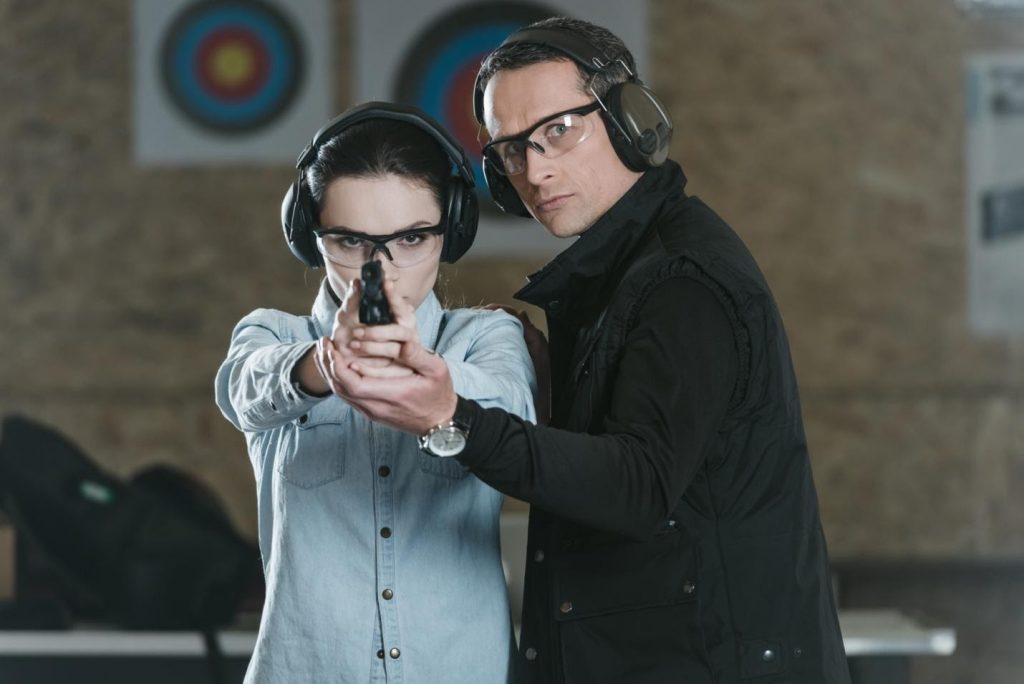
This is where the training ammo, your holster, and magazines come into play. It's time to learn how to use all of them. There are several types of training you can do to help keep you proficient, but it's best to learn from a professional trainer so they can discuss fundamentals. There are varying training types that go over everything from entry-level, right up to private, individually customized training. Between training classes, maintaining some cadence of shooting on the range helps not only keep your skills sharp but instills confidence and repetition with your firearm. Other forms of training I also recommend are a dry fire every other day and even competition. In the end, it's all repetition and consistency.
This is all just the bare essentials to get you going for a new gun owners. On a following blog we will discuss other items to consider for your every carry to improve it, as well as other gear to consider for self protection.
Shoot straight!



